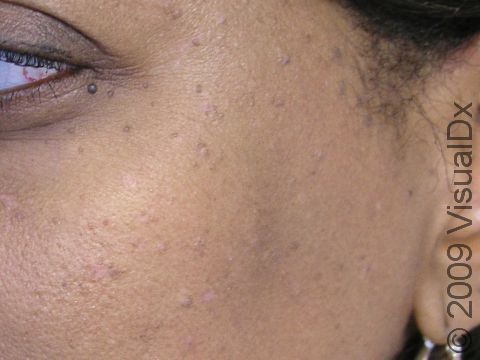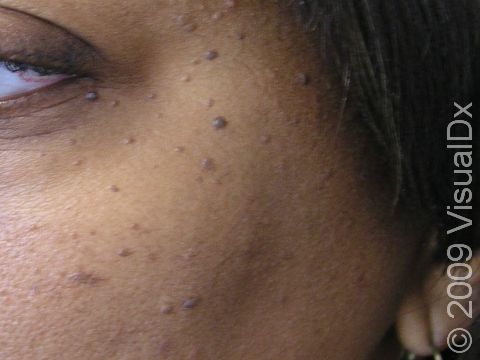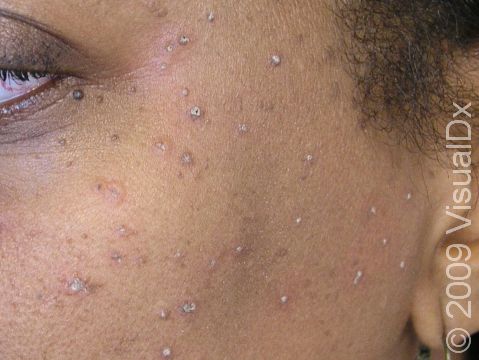Electrodesiccation
Electrodesiccation is a fast and simple office-based procedure that uses electric current delivered via a needle-shaped electrode to superheat the skin in pinpoint precise areas.
Who's At Risk?
- To stop bleeding by cauterizing blood vessels
- To remove noncancerous growths
- To remove skin cancer, often combined with the use of a curette – a spoon-shaped instrument designed to scrape away abnormal skin cells
Signs & Symptoms
No special preparation is necessary on the patient’s part prior to the procedure.
In the office, the area to be treated is cleaned with an alcohol wipe. If anesthesia is needed, a syringe topped by a very fine needle is used to inject lidocaine into the skin. The electrocautery device has a pen-like instrument with a metal probe at the tip. The metal portion is placed very close to the skin and a button pushed allowing electricity to flow and superheat the adjacent area of skin. If needed, a curette may be used afterwards to scrape the skin.
Self-Care Guidelines
Immediately after the procedure, antibiotic or white petrolatum ointment with an overlying dressing will be applied. The patient will be given wound care instructions to follow at home. The shallow wound that results is allowed to heal on its own.
The wound should not be washed for the first 24–48 hours, to allow for initiation of proper healing. Thereafter, it can be cleansed with gentle soap and water. A Band-Aid® with white petrolatum or antibiotic ointment can be used on a daily basis. Depending on the wound size, depth, and location, it may take several weeks for it to completely heal.
Treatments
Depending on the type of lesion treated, there are many alternative options, including the following:
- Liquid nitrogen
- Topical creams
- Surgical excision
- Mohs micrographic surgery
- Radiation therapy
- Laser therapy
When to Seek Medical Care
- Infection
- Bleeding
- Scarring
- Recurrence of the lesion
- Pacemaker malfunction – Electrodesiccation is usually not recommended for patients with implanted electrical devices
Last modified on October 5th, 2022 at 7:22 pm

Not sure what to look for?
Try our new Rash and Skin Condition Finder


